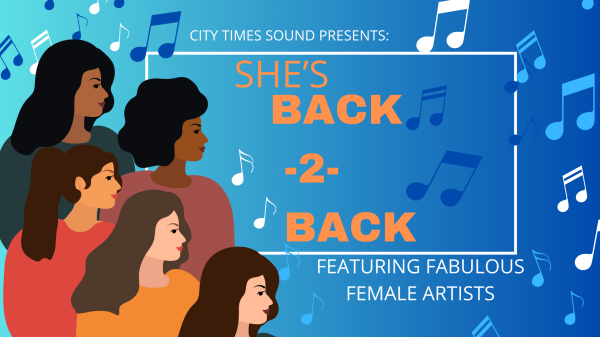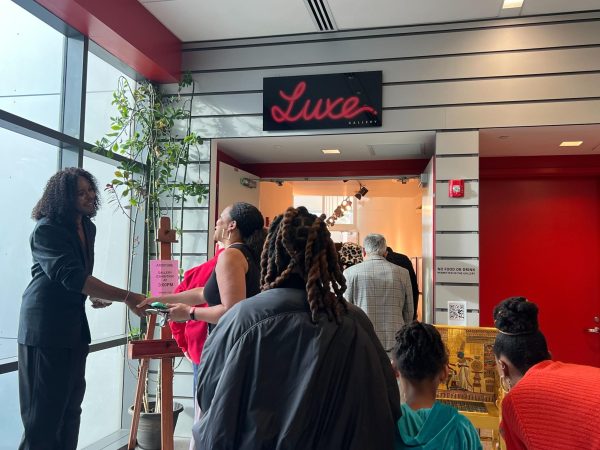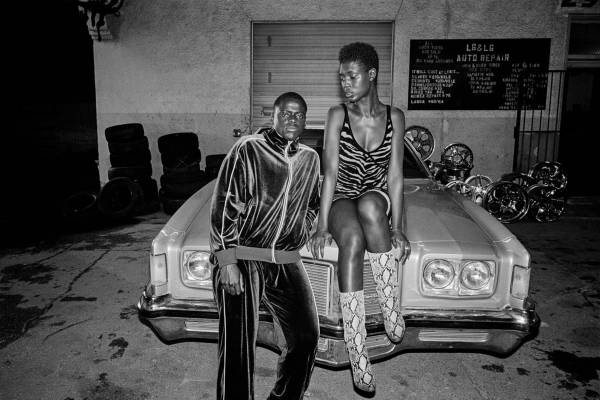“Moonlight” and the future of the Academy Awards
March 14, 2017
At the 89th Academy Awards, something unexpected happened; “Moonlight” won Best Picture of 2016. This signifies progress within the Academy Awards establishment, which has long been criticized for its lack of variety and diversity in both the films they select for Best Picture and amongst their own members.
Before the big inclusive draft, which took place after the famous #oscarssowhite campaign, the Academy was 94% white and 77% male. It is felt that this is the reason the the Academy has favored movies that make Hollywood look good, such as “Argo,” “The Artist,” “Spotlight,” and “Birdman.” These movies often feel safe and uplifting.
The Academy had a chance to repeat this pattern and award the critically acclaimed musical “La La Land” the coveted Best Picture statue, a movie that in every way checks off all the traditional marks of a movie that would normally be award “Best Picture.”
However, on awards night, they chose “Moonlight,” a somber and harrowing film about the crossroads journey of a young black man who struggles to survive in a hostile environment, all the while coming to a realization that he is gay.
The movie is unconventional and its win breaks long repeated Academy practice. The award signals not only a new attitude to racial diversity but as the first LGBTQ movie to ever win Best Picture it indicates that the Academy is starting at least to consider much more inclusiveness in considering what types of films are selected. After all, what’s the point of expanding the list of nominations if the same kinds of films keep on winning?













